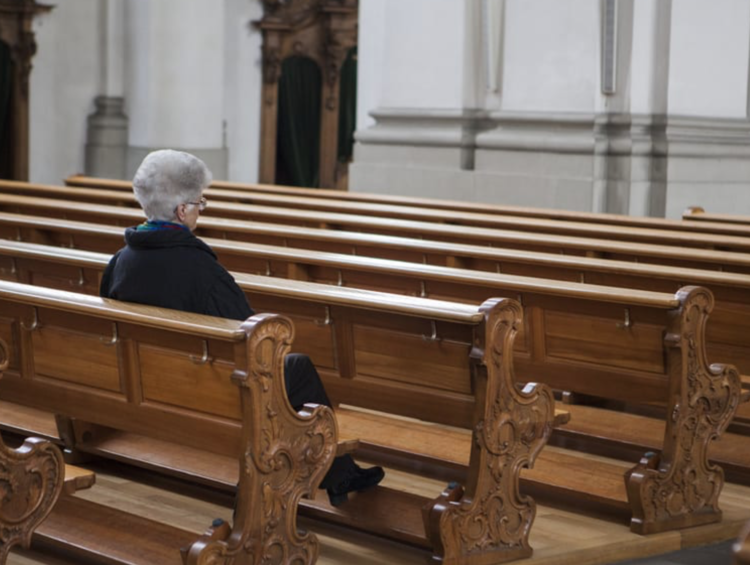In a hit song two decades ago, country music group Rascal Flatts offered banjo-tinged commentary on “the world spinning faster than it did in the old days.”
“Sunday was a day of rest,” the group proclaimed in its ode to a bygone era. “Now, it’s one more day for progress.”
Some of us are old enough to remember when most businesses — not just Chick-fil-A — closed on Sundays. It seems quaint now, but I did an Associated Press story in 2003 on Family Christian Stores — then the nation’s largest Christian retail chain — deciding to open on Sundays.
But in 2016, I was surprised during a reporting trip to North Dakota when I found an empty parking lot at a Bismarck Walmart — and then at Super Target — while looking to buy a few snacks and supplies before Sunday morning church.
I learned that for more than a century, the state had required most retailers to close from midnight to noon on Sundays. North Dakota finally became the last state to lift that ban in 2019.
I bring up this subject not just for nostalgia but because the day of rest — or the lack of it — is drawing renewed consideration nationally.
In a recent piece, Deseret News religion reporter Kelsey Dallas explains “why some political commentators and legal scholars are tweeting their support for taking a Sabbath”:
Even before the COVID-19 pandemic began, Americans were overworked and tightly wound. In the past two years, the situation’s only gotten worse.
Pandemic-related stress and a widespread desire for more time to rest are among the factors fueling the “Great Resignation.” They also help explain why some political commentators and legal scholars spent the weekend debating the Sabbath. …










